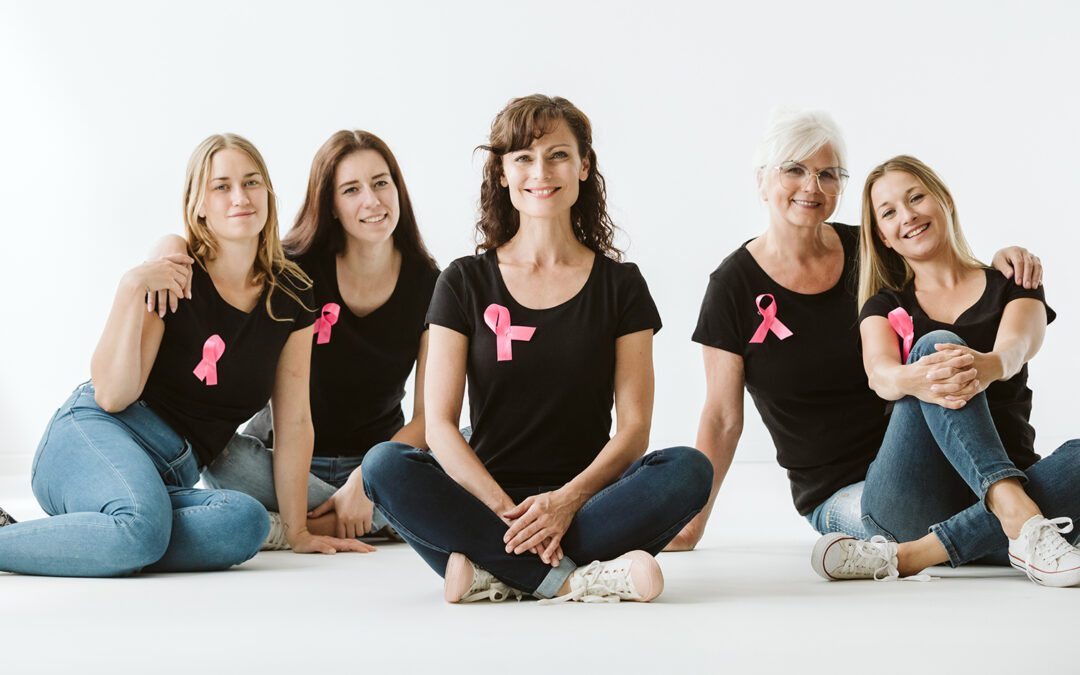October marks Breast Cancer Awareness Month, a time dedicated to raising awareness about one of the most prevalent forms of cancer affecting women worldwide. In the United States alone, an estimated 1 in 8 women will be diagnosed with breast cancer in their lifetime. The good news is that with early detection and advances in treatment, the survival rates have significantly improved. At Cosmetic Surgery Center, we are committed to shining a light on this important month of increased awareness and empowering our community with knowledge about breast cancer.
Understanding Breast Cancer
Breast cancer occurs when cells in the breast begin to grow uncontrollably. While it primarily affects women, men can also develop breast cancer, albeit at a much lower rate. The exact cause of breast cancer remains unknown, but several risk factors have been identified, including genetics, age, family history, and lifestyle choices.
Risk Factors
Understanding the risk factors associated with breast cancer can help individuals take proactive steps to reduce their chances of developing the disease. Key factors include:
- Age: The risk of breast cancer increases as women age, particularly after 55.
- Family History: Women with close relatives (mother, sister, daughter) who have had breast cancer may have a higher risk.
- Genetic Mutations: Certain inherited mutations, such as BRCA1 and BRCA2, significantly increase the risk.
- Lifestyle Factors: Alcohol consumption, obesity, and lack of physical activity are linked to a higher risk.
- Hormonal Factors: Women who began menstruating before age 12 or who experienced menopause after age 55 may have an elevated risk.
While some of these factors are beyond our control, awareness and lifestyle changes can help reduce overall risk.
Early Detection is Key
One of the most powerful tools in the fight against breast cancer is early detection. Regular screenings can catch the disease in its early stages when it is most treatable. The American Cancer Society recommends the following guidelines for breast cancer screening:
- Women aged 40 to 44: Should have the choice to begin annual mammograms if they wish.
- Women aged 45 to 54: Should get mammograms every year.
- Women 55 and older: Should transition to mammograms every two years, although they may continue annual screenings if desired.
In addition to mammograms, self-examinations can be an important part of monitoring breast health. Women should become familiar with their breasts’ normal look and feel, enabling them to notice any changes.
What to Look For
Awareness of the signs and symptoms of breast cancer can lead to earlier diagnosis. Key warning signs include:
- Lumps or Swelling: A lump in the breast or underarm that persists through the menstrual cycle.
- Changes in Size or Shape: Noticeable changes in the size or shape of the breast.
- Skin Changes: Dimpling, puckering, or any change in the texture of the breast skin.
- Nipple Discharge: Any unusual discharge from the nipple, especially if it is bloody or occurs without squeezing.
If any of these symptoms are present, it is crucial to consult a healthcare professional as soon as possible.
Prevention: Lifestyle Changes to Reduce Risk
In addition to regular screenings, adopting a healthier lifestyle can significantly reduce the risk of breast cancer. Here are some practical steps to consider:
- Maintain a Healthy Weight: Obesity is linked to an increased risk of several types of cancer, including breast cancer. Eating a balanced diet rich in fruits, vegetables, and whole grains can help manage weight.
- Exercise Regularly: Aim for at least 150 minutes of moderate aerobic activity or 75 minutes of vigorous activity each week. Physical activity can help maintain a healthy weight and lower hormone levels linked to cancer risk.
- Limit Alcohol Consumption: Studies have shown that drinking alcohol is associated with an increased risk of breast cancer. Limiting intake to one drink per day can be beneficial.
- Avoid Tobacco: Smoking is linked to numerous health risks, including various types of cancer. Quitting smoking can improve overall health and lower cancer risk.
- Know Your Family History: If breast cancer runs in your family, consider discussing genetic testing and preventive measures with a healthcare provider.
Supporting Patients this October and Year-Round
OUR COMMITMENT
At Cosmetic Surgery Center, we understand the profound impact breast cancer can have on patients and their families. That’s why we are dedicated to supporting awareness and education efforts throughout the community. For those affected by hair loss from chemotherapy, we offer an in-office hair restoration treatment that can help.
As we honor Breast Cancer Awareness Month, we urge all women to prioritize their health through regular screenings and self-examinations. Knowledge is power, and understanding your risks and the symptoms of breast cancer can save lives. Encourage your loved ones to stay informed and take a stand against breast cancer together.
Let’s unite in the fight against breast cancer, raise awareness, and support those affected by this disease. Remember, early detection is crucial, and together, we can make a difference.


